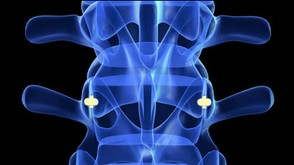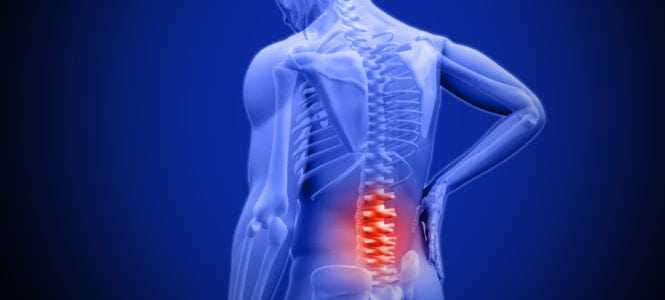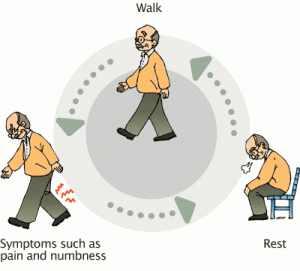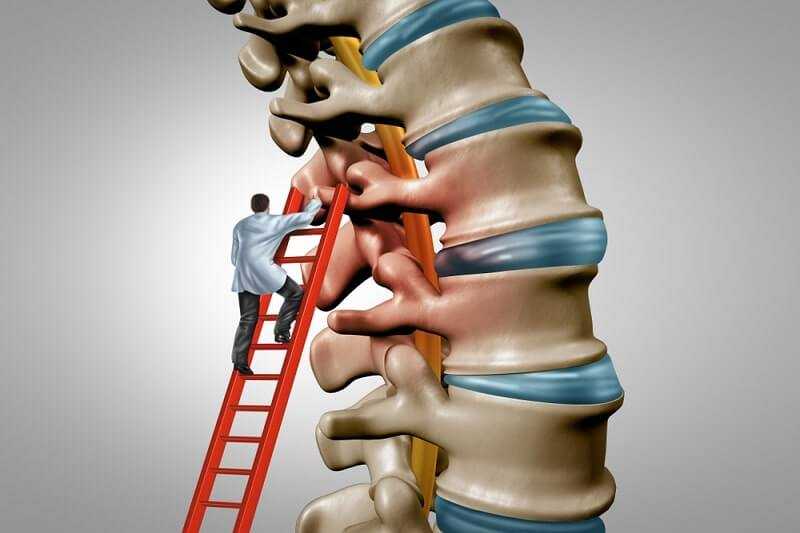VerteLoc System for Spinal Stenosis Surgery

An innovation in back surgery that has been making waves recently is the VerteLoc system designed as a halfway measure to bridge the gap between conservative treatment for back pain and invasive back surgery. The VerteLoc system was first implanted in a patient in 2008 and more than 1500 patients have received this implant since that time. Described as a ‘unique spine stabilization structural allograft system’, VerteLoc is currently used for patients with lower back pain due to spinal stenosis and osteoarthritis in the facet joints. Those with cervical spinal stenosis are not considered candidates for such a procedure but there are promises of a new VerteLX system, set to launch this year, being developed for the cervical spine in addition to the lumbar spine.

Spinal stenosis is a major cause of back pain and is usually treated with conservative methods for as long as possible until back surgery is required to relieve pressure on the spinal nerves and/or spinal cord. Instrumented fusion is a common back surgery technique used in cases of spinal stenosis as this can stabilize the spine and prevent further pinched nerves. However, spinal fusion surgery is an invasive procedure that often has a lengthy recovery, high degree of risk, and the potential for failed back surgery syndrome, or the need for further surgery following degeneration of the spinal segments above and below the area operated on. VerteLoc’s makers VG Innovations, Inc., are keen to stress that the device offers a ‘true interventional option between conservative therapy and traditional invasive spinal fusion’. The differences between the X-Stop procedure for lower back pain and VerteLoc have not been well defined, and both are designed for earlier intervention in spinal care in order to delay or remove the need for more invasive back surgery for spinal stenosis. One difference appears to be the use of dual vertical stabilizers as part of VerteLoc’s implantation, with the claim that these reduce the risks of dowel displacement that is often a problem with other allograft procedures.
How VerteLoc Works
VerteLoc uses human bone about the size of a pencil eraser in order to minimize the motion of the section of the spine affected. The use of such material means that recovery times are often quicker and patients have more flexibility than when metal plates, rods, and screws are used to stabilize the spine. VerteLoc is designed to address minor spinal instabilities early on so as to prevent them from becoming major problems later. Back pain caused by the facet joints is then reduced or eliminated, making VerteLoc of great interest to patients wishing to avoid invasive surgery but maintain quality of life.
The procedure is said to cost less than other, similar, procedures, and was invented by Dr. Moni Stein, now an advisor to VG Innovations. Stein is happy with the progress of the design and the company’s ability to attract attention and investors. He has also stated that the VerteLoc procedure may be able to be performed on an out-patient basis in the future, further cutting costs and patient recovery time. The X-Stop procedure for lumbar spinal stenosis can also be performed as an out-patient procedure and is reversible, whereas there is no clear indication as to whether VerteLoc is fully reversible. VerteLoc involves the insertion of these two geometric implants made of human bone into the facet joints’ articular surfaces, along with two vertical stabilizers between the facet joints to create a vertebral ‘lock’ that encourages the joint to heal naturally.
Support for VerteLoc’s Claims
Looking for studies on the VerteLoc system reveals very little, just one report published online. However, this report is published in the Journal of the International Society for the Advancement of Spine Surgery (ISASS) which is a special interest group made up of medical experts working in the field of spinal surgery and spinal care. ISASS is very focused on improving knowledge so as to restore, replace, and return normal function of the spine lost to degeneration. The journal was launched in 2007 and has featured many new back surgery techniques including VerteLoc as part of investigations using in vitro methods. This particular research took place at the University of Toledo Medical Center and used six fresh-frozen ligamentous motion segments to assess the VerteLoc system’s ability to stabilize the spine in comparison to another, commonly used, method posterior pedicle screw instrumentation (PSS).
VerteLoc’s allograft-based facet stabilization system (FSS) performed admirably in comparison to standard PSS in terms of stability upon flexion, extension, right and left lateral bending, and right and left axial rotation. The motion of the spine stabilized with FSS compared to PSS in extension (both 59%), flexion (55% vs. 63%), left lateral bending (42% vs. 47%), right lateral bending (31% vs. 32%), left rotation (12% vs. 31%), and right axial rotation (22% vs. 48%). The differences between the two stabilization systems were not statistically signficant and stabilization was significant for FSS in all tests except for axial rotation. This study is limited, of course, by its use of cadaverous material rather than observations of the device actually implanted into patients, as well as by the low number of specimens examined. Perhaps the growing success of VerteLoc will encourage more research into the effectiveness and safety of the system in order for it to be better promoted to patients and back surgeons in both the US and Europe. VG Innovations, Inc., have received CE mark approval in Europe for marketing VerteLoc but their patent remains pending in the US.
VGI Looking for Investors to Help Expansion
VGI’s business is set to expand further as they introduce VerteLX, a new approach to lateral lumbar interbody fusion. The use of this new device claims to minimize tissue damage and recovery time, whilst providing stability in every direction. VGI are looking at developing this for use in the cervical spine too and the facet fixation market (estimated to be worth around $385 million by 2012) would be wise to look to this start-up for an indication of future developments. The company was established in late 2007 and is currently looking for investors to help develop the reach of the business. The future looks promising for both patients and investors as more back surgeons become interested in the use of the VerteLoc system for spinal stabilization as part of early intervention for those with facet joint disease, osteoarthritis, and spinal stenosis.






This procedure is something I would love to try. I have spinal stenosis and have tried everything out there. I would be very happy to be a research patient. I’m willing to try anything as I’m always in severe pain unless sitting are laying